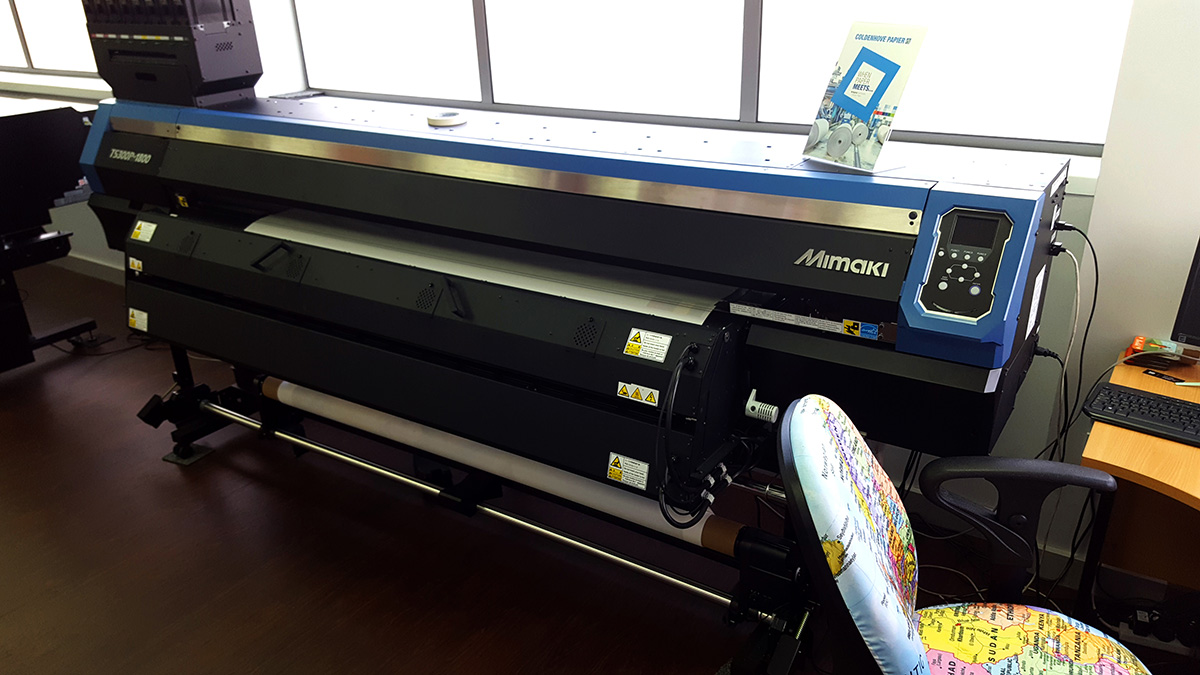It’s likely that many who own UV printer in pakistan have had the frustrating experience of returning to check on a long-duration print and discovering that the filament has run out and that the printer was still running but not printing when they returned to check. If a filament sensor fails, it is conceivable for the entire manufacturing process to come to a grinding halt at once. A buzzer is include into each of these sensors, and it will sound when the filament is exhaust or breaks UV printer in pakistan, depending on which sensor is being utilised.
What happens if the filament snaps during the printing process and the printer stops working?
The fact that there is no filament sensor means that if the filament runs out or breaks during the printing process, it will be impossible to complete the print successfully. A print failure does not occur when a filament sensor is present, even if there is no filament accessible at the moment of printing when a filament sensor is not there.
Depending on how much filament left in the machine, the 3D printer will execute one of the following actions: it will bring the printing process to a complete stop; or it will continue printing.
It is require to remove the last few inches of heat-break material from the structure.
The x-carriage must be move away from the print in order for this function to be effective.
It will be necessary to replace the spool with new filament and repeat. The procedure in order to achieve the desired results.
A multitude of methods are available for replacing the filament, including:
It is recommend that the lamp be turn off when the last few centimetres of filament have been discharge in order to conserve energy. During printing, the extruder idler can be manually released. While the machine is lock on the x-axis to allow for the removal of residual filament from the printer.
Utilize the same filament type throughout your project, especially when it comes to colour matching, if at all possible. Therefore, as a result of this issue, you will receive clear directions from the printer on how to correctly continue printing. A wealth of further information on Filament Sensors can found at the following link: In addition to recognising the presence of a filament, it is capable of determining the speed at which the filament moves. When a high-frequency optical filament sensor operates at its maximum frequency. It has an extraordinarily high degree of dependability. As seen by the following table UV printer in pakistan.
When this occurs, the sensor will be consider malfunctioning. If it returns an inaccurate reading in one of the rare situations when this occurs. Fortunately, following three basic principles can assist you in avoiding this situation:
Take, for example, the method by which the filament was join to the circuit board.
Assuring that the filament and the surrounding environment remain as clean as feasible
Use bright lights in close proximity. To the printer as little as possible unless absolutely necessary.
Let’s have a look at how these two variables affect the precision and accuracy of the filament sensor:
Precision and accuracy Precision and accuracy are the degrees. To which precision and accuracy can be obtain.
It is impossible to overstate. The importance of cleanliness and good set-up for a successful event.

Make sure that the filament has been correctly introduced. And is securely in place before moving on to the next step
It is recommend that compressed air be use to blow away any dust. That has gathered around the sensor when cleaning the area around the sensor. The drilling of a hole in the x-carriage frame allows for all of this to be achieve with relative ease.
When printing using “black-colored” settings, make sure. That the extruder parts of the printable bits are black. When they are form in the printer as a result of the settings. In any other case, the sensor will not function properly in these configurations. A sensor that is use to recognize cultured extruder bits. Has the potential to produce erroneous data. If the sensor is not calibrated properly.
Lights that have been follow through to their logical conclusion
Due to the fact that the filament sensor is an optical sensor. It is sensitive to producing erroneous findings when subjected to bright lighting. Depending on the situation, you may need to make adjustments to the illumination. Or relocate the printer in order to ensure appropriate performance.
Conclusion
In spite of the fact that it may appear unimportant Videojet inkjet printer. A filament sensor is essential to the efficient operation of your 3D printer and should not be over look. Despite the fact that the theory is simple, if it done effectively. It has the potential to save you a significant amount of time and frustration. A helpful feature that some printers offer is the ability to link the sensor to the filament stop input. Which is a nice feature to have available. A new filament roll has been insert in the printer, and the printer will not be able to print any more after that.
